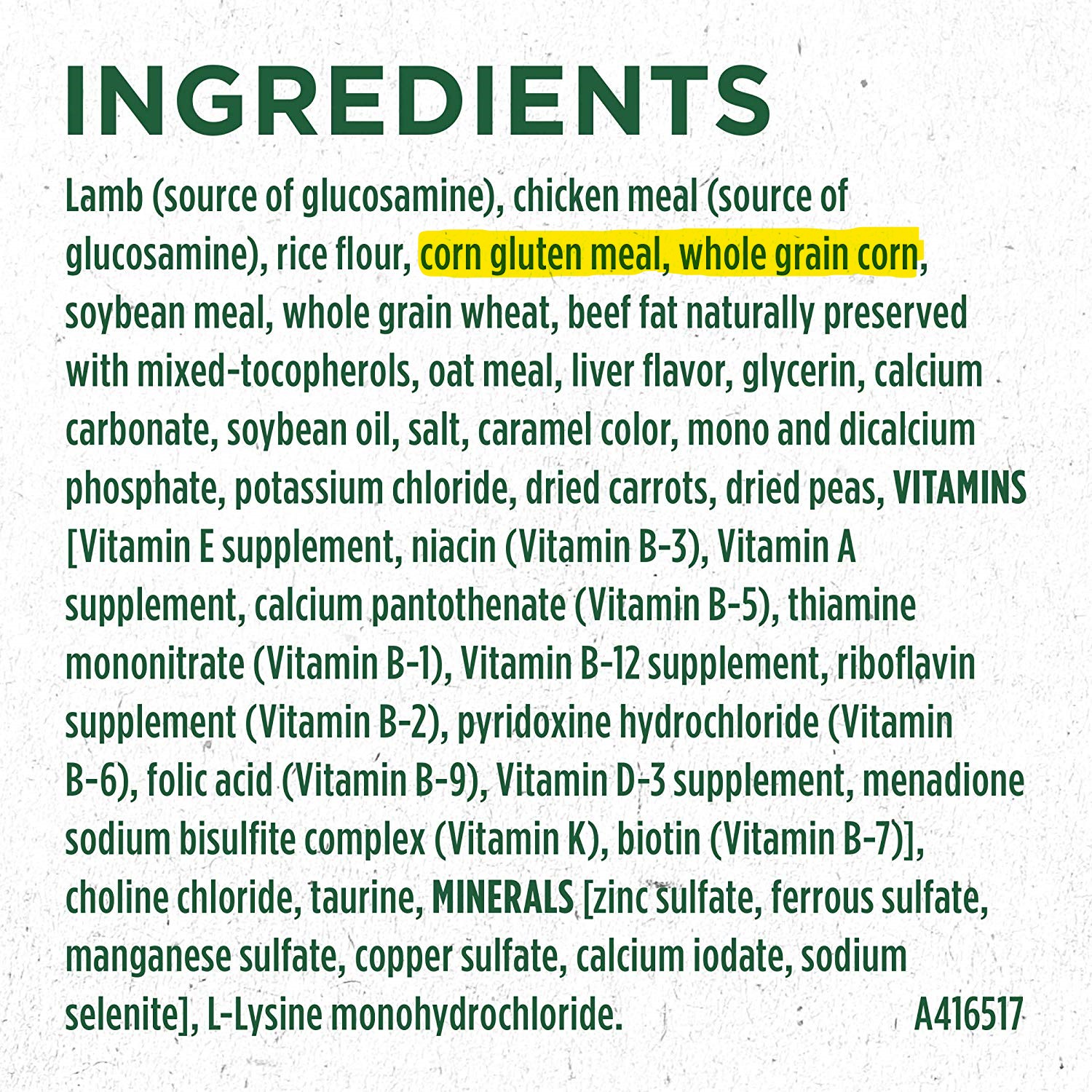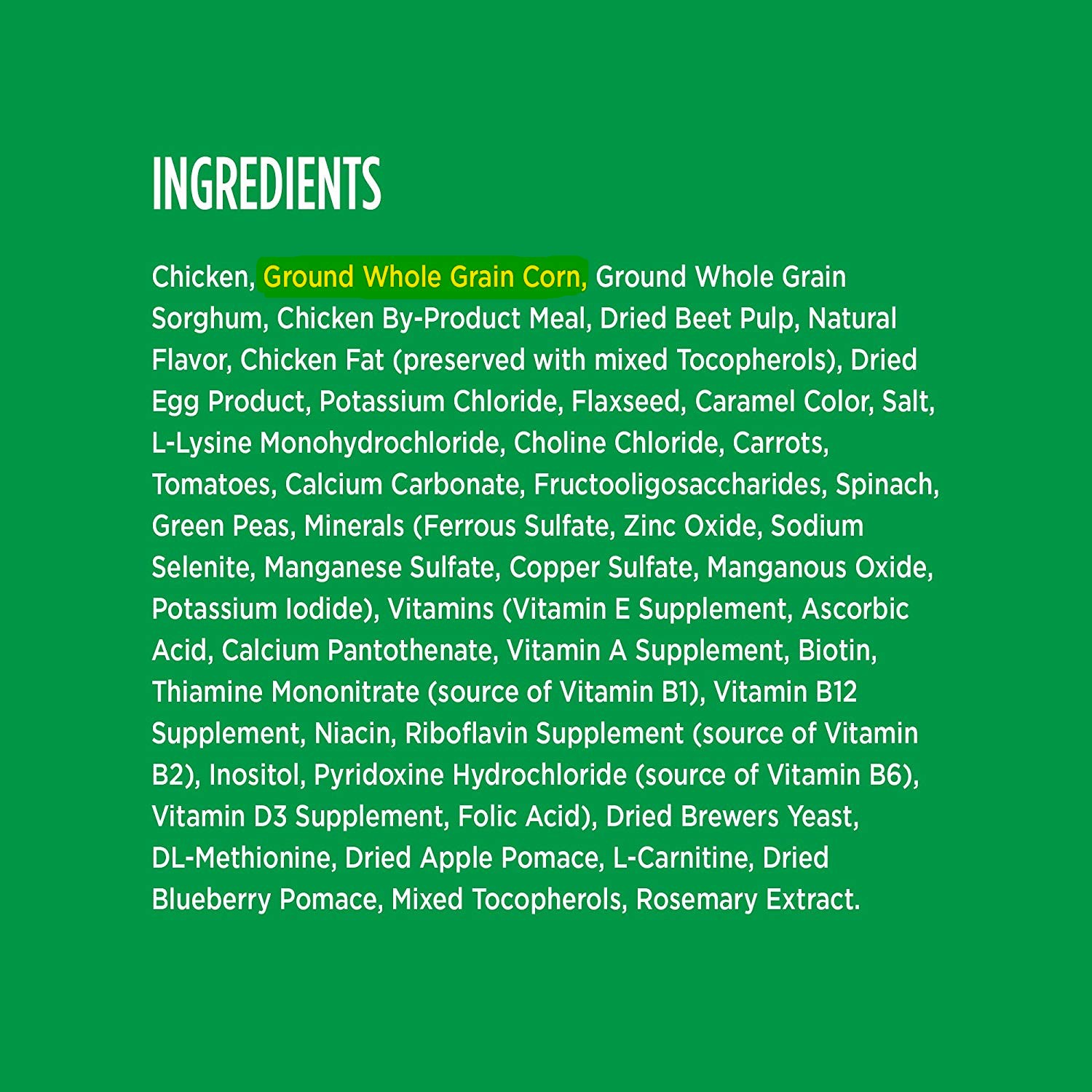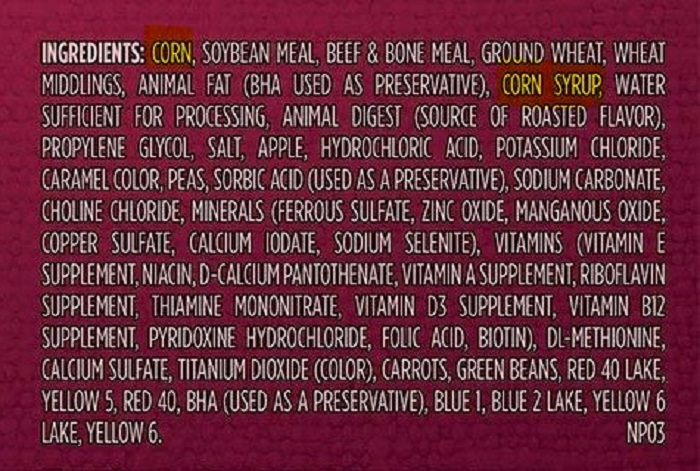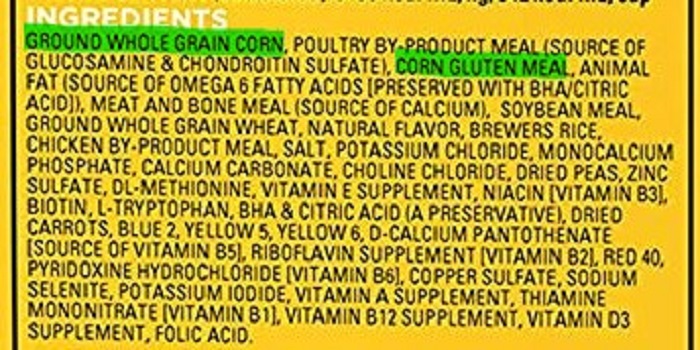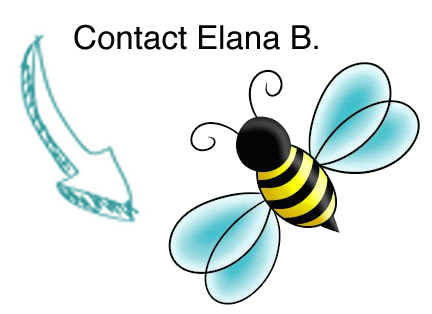This next guest post comes from me, Mike Valverde. I’ve been researching the topic of corn and health extensively over the past year, and the information I’ve gathered doesn’t paint a pretty picture.
Check it out below:
Five Reasons Why Corn is Actually Poison
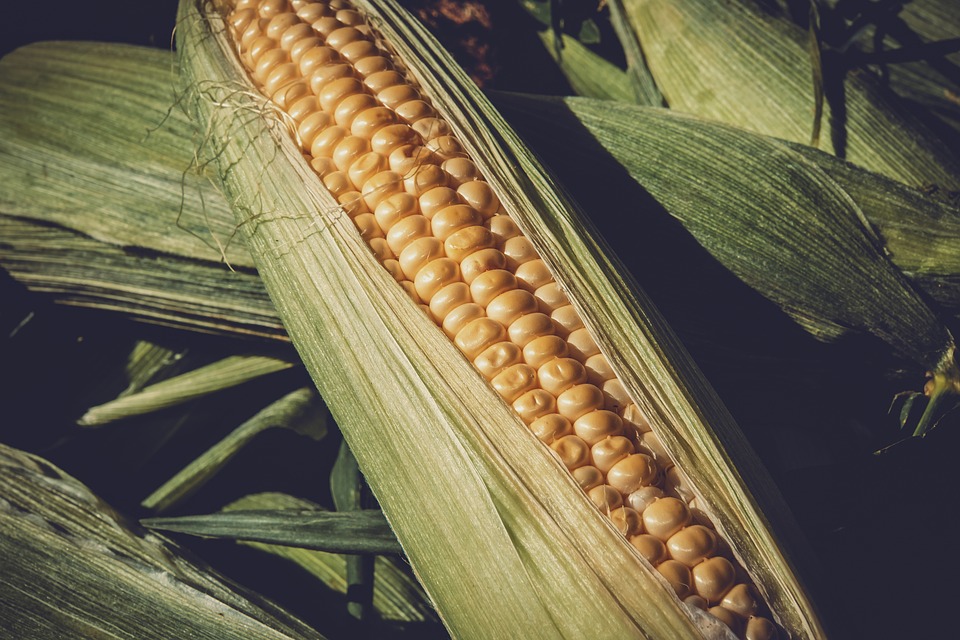
Is corn unhealthy? You may have heard some uncomfortable facts about the connection between corn and health problems. Additionally, you’ve probably heard about the negative relationship between high-fructose corn syrup and health.
But how bad can corn really be? After all, it’s a vegetable: one of the most important food groups for maintaining a well-balanced diet.
Could corn really be so bad for you that it could technically be considered poison?
Yes! Corn is poison, and I can prove it to you scientifically. Keep reading to find out what you’re really putting into your body:
What Do You Mean, Corn is Poison?
Mirriam-Webster defines poison as follows:
Pretty cut and dry. What are some common substances that come to mind when you picture poison? Perhaps cyanide, ricin, or carbon monoxide.
However, there is another substance that also fits this definition: one that causes substantial injury, impairment, and misery wherever it’s spread. What’s even worse is that people are unaware of or completely indifferent to its poisonous nature.
Have you guessed what dangerous substance I’m talking about yet? Maybe the title of this article gave you a hint…
I am talking, of course, about corn. This seemingly innocuous plant has caused an apocalyptic level of damage to our bodies, our institutions, and our planet. And if that doesn’t qualify as poison, I don’t know what does.
Corn has caused an apocalyptic level of damage to our bodies, our institutions, and our planet. #cornispoison Click To TweetAllow me to state my case:
1. Corn-Based Sweeteners Contribute to Obesity
First, the most commonly known corn health fact:
High-fructose corn syrup is one of the most widely used artificial sweeteners in modern food and drink products. These are simple sugars that cause a wide range of health issues among those who consume them.
What is high-fructose corn syrup? Put simply, it’s a sweet syrup made from corn. The process of creating HFCS involves breaking down corn starch in a way that generates fruit-derived sugar: fructose.
Is corn syrup bad for you?
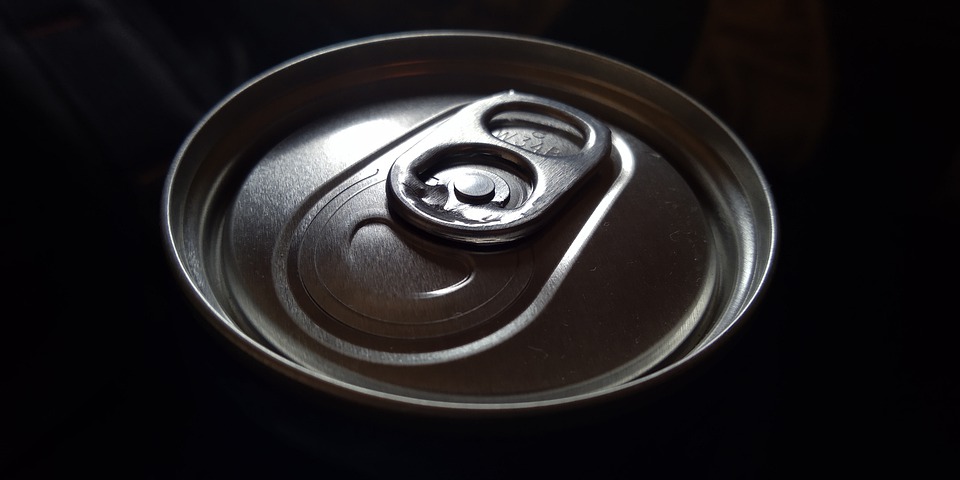
What’s important to note here is the very real connection between high fructose corn syrup and obesity. Fructose and HFCS have both been linked to the current obesity crisis by health experts. Furthermore, rigorous scientific studies back up these claims. For example, a 2004 study from Oxford University states:
“Sweet corn-based syrups were developed during the past 3 decades and now represent close to one-half of the caloric sweeteners consumed by Americans… The increased use of HFCS in the United States mirrors the rapid increase in obesity.”
You can hear a similar story in 2002 when United Press International spoke with Dr. George Bray, a prominent researcher in diabetes prevention. What did he have to say about corn syrup health risks?
“Although Bray acknowledged the epidemic of obesity is the result of many factors, he added, ‘I believe (fructose) plays a role.’”
Speaking of diabetes, too much high-fructose corn syrup has also been linked to the development of insulin resistance in the human body. As you may know, this metabolic change can lead to Type II Diabetes. And once again, a scientific journal published in BioMed Central confirms this dangerous connection:
“…high dietary intake of fructose has rapidly become an important causative factor in the development of the metabolic syndrome.”

Now, let’s compare all this information regarding the definition of poison from earlier:
In this syrupy, sugary form, corn is destructive and harmful to the human body. Furthermore, considering the chance that it increases the likelihood of life-threatening conditions like obesity and diabetes, it can be said that the chemical action of digesting this substance can injure, impair, or possibly even kill you.
Do those words sound familiar? That’s because it’s the definition of poison!
You might be thinking, “Big deal. I’ll just cut corn syrup out of my diet. Just because fructose can negatively affect my health, that doesn’t mean corn itself is poisonous!”
It gets worse. Keep reading:
2. Corn-Based Cooking Oil Can Cause Inflammation

Another common food product derived from corn is corn oil, used in the production of margarine and vegetable oil for cooking. If you’ve spent any time in the kitchen, you’re probably very familiar with vegetable oil; it’s a key ingredient in a number of delicious recipes.
Vegetable oil comes from a variety of sources, including soybeans, palm, and canola. However, one of the most common sources for (and key ingredients in) affordable vegetable oil is corn oil.
Which begs the question…
Is corn oil healthy?
Here’s a quick lesson in corn oil nutrition and essential fatty acids:
Corn oil is very high in Omega-6 fatty acids; one tablespoon has around 43% of the human body’s adequate intake.
Ultimately, it’s important to have a balanced ratio of Omega-3’s to Omega-6’s in a healthy diet. That’s because excessive consumption of Omega-6’s, especially when taken disproportionately to Omega-3’s, can lead to inflammation and an increased risk of cancer.
Don’t believe me? Let’s see what actual scientists have to say about vegetable oil and inflammation. In a 2012 study published by the U.S. National Library of Medicine, scientists examined the connection between corn oil and health. In their own words:
“As a result of the increased consumption of… vegetable oils associated with the Western diet, [Omega-6] consumption has become progressively much higher than that of [Omega-3].”
Additionally, as you may have gathered, this imbalance of two essential fatty acids leads to “inflammatory processes such as cardiovascular disease, obesity, IBD, rheumatoid arthritis, and cancer.”
There’s that word again: cancer. It’s a scary disease that I don’t take lightly. Believe me when I say I’m not just tossing this word around to scare you!
Here’s another quote from a 2005 Science Daily article:
“A study conducted at the San Francisco VA Medical Center (SFVAMC) has demonstrated that omega-6 fatty acids such as the fat found in corn oil promote the growth of prostate tumor cells in the laboratory.”

Now, by no means does this mean cooking with corn-oil based substances is guaranteed to give you cancer. However, inflammation is a very serious issue that only becomes more serious with age.
Not coincidentally, inflammation is a common bodily reaction when coming into contact with poison. Just look at what Poison Control has to say about the effects of hydrocarbons:
“These liquids are easy to choke on if someone tries to swallow them… They can also cause lung inflammation (like pneumonia).”
Could corn oil be considered poisonous because it causes cardiovascular inflammation? After all, hydrocarbons cause lung inflammation and they’re considered poisonous.
I certainly think so!
But there’s still more to this corn and health discussion:
3. Corn-Fed Cattle Make Tainted Meat

Do you think you’re safe from the negative effects of corn?
If you think you’re safe because you don’t consume products with HFCS or corn-based vegetable oil, guess again.
Corn doesn’t just affect our bodies; any animal that eats corn can suffer from numerous negative health effects as well.
When eaten, corn doesn't just affect our bodies; it negatively affects the bodies of other animals too. #cornispoison Click To TweetGrass Fed vs Grain Fed Beef
You may have seen these phrases at your local grocery store or farmer’s market. But what’s the difference between grass fed and grain fed beef?
If you saw a cow out in the wild (or being raised humanely on a free-range farm), nine times out of ten you’ll see it eating grass. Through a complicated digestive system, cows are able to extract a lot of nutrients from grass in a healthy and natural way.
On the other hand, grain fed beef comes from feeding cows large quantities of cheap grains. One of the major benefits for farmers to this method of cattle raising is greater efficiency. More cows can be kept and fed in a smaller area than if they were free to roam a grassy field. Additionally, a grain-based diet will fatten up these cows, meaning that they can increase farmer’s profits when selling their meat.
But what does this have to do with corn?
Well, what do you think is the primary ingredient in grain-based animal feed?
Corn is a common ingredient in factory farm animal feed. This means that many big farms feed corn to cattle, chickens, and pigs for breakfast, lunch, and dinner.
Although this is an excellent cost-cutting measure because of corn’s abundance and affordability, this diet comes with many negative consequences: not just for the animals, but for people who eat these animal products as well.
Remember that part earlier about essential fatty acids? Well, it turns out that cows react to corn-based products the same way as humans. Consequently, grain-fed beef has a disproportionate amount of Omega-3’s to Omega 6’s.
On the other hand, grass-fed beef has up to five times as much Omega-3 fatty acids than the meat of corn-fed cows. That’s the most significant grass fed beef benefit: reduced risk of inflammation due to a better balance of essential fatty acids!
When you consider the cost of grass fed beef vs. grain fed beef, it makes good business sense to rely on the latter, especially if you’re a mass producer of beef-based products like fast food.

The consequence of so much corn-fed beef available at such low prices is that most beef products in the United States are made from it: especially fast food. In fact, a 2008 article from Scientific American showcases just how widespread this practice is.
After testing the carbon content of meat from fast-food restaurants in six major American cities, here’s what they found:
“[A] telltale signature persists as the corn travels through the complex system that turns it into feed… It continues after the animals are slaughtered and the meat is cooked. The result: 93 percent of the tissue that comprised the hamburger meat was derived from corn.”
You know, there’s an interesting parallel to the relationship between cows and corn: Monarch butterflies and milkweed.
Much like cows that eat corn, Monarch caterpillars who eat milkweed adopt its toxicity, which helps protect them from predators. Just look at this passage from the book Monarchs and Milkweed by Anurag Agrawal:

However, there’s one key difference between these two relationships between herbivores and the plants they eat. Monarch butterflies are successful at preventing predators from eating them by ingesting poison, but corn-fed cows aren’t!
4. Corn Isn’t Great for Our Pets Either

Do you have a pet dog or cat? If so, you may want to take a closer look at what you’re feeding them!
In addition to food for us and food for livestock, corn is often used as food for our pets.
Most inexpensive dry dog and cat food contain substantial amounts of ground corn, corn gluten, or corn syrup.
Don’t believe me? Here are just a few notable brand names that list these products as major ingredients:
It’s true that some health benefits of corn exist for pets when eaten as a small portion of a balanced diet.
However, pets consuming excessive amounts of corn can have negative health effects similar to those experienced by humans: namely, obesity.
And here’s some more bad news:
In addition to rising obesity rates in humans, dogs and cats are experiencing an obesity crisis as well. Just look at the data gathered by the Association for Pet Obesity Prevention in 2018. In their own words:
“U.S. pet obesity rates remained relatively unchanged in 2018, with 59.5% of cats and 55.8% of dogs classified as overweight or obese…”
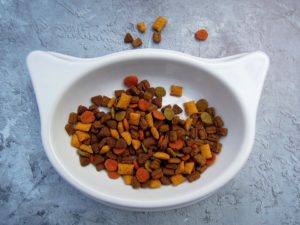
According to many veterinarians and animal experts, one of the key causes for this rise in chubby pets has to do with overfeeding. Just look at this passage from an article on Pet Health Network:
“If you feed commercially prepared foods do not, I repeat- DO NOT rely on the product label when determining how much to feed your dog… I suspect that manufacturer’s recommendations are what they are, in part, because the more you feed the more product you will buy.”
Again, it’s important to note here that overfeeding pets play a large factor in their rising obesity rates. It isn’t just the presence of corn contributing to this health crisis.
However, one unsettling fact remains:
Stuffing your dog or cat with cheap corn-based food will have the same effect as if you were to stuff yourself with cheap corn-based food. That is to say, the effect would be destructive, harmful, damaging…
You get the picture.
5. Poisonous Mold Often Grows on Corn
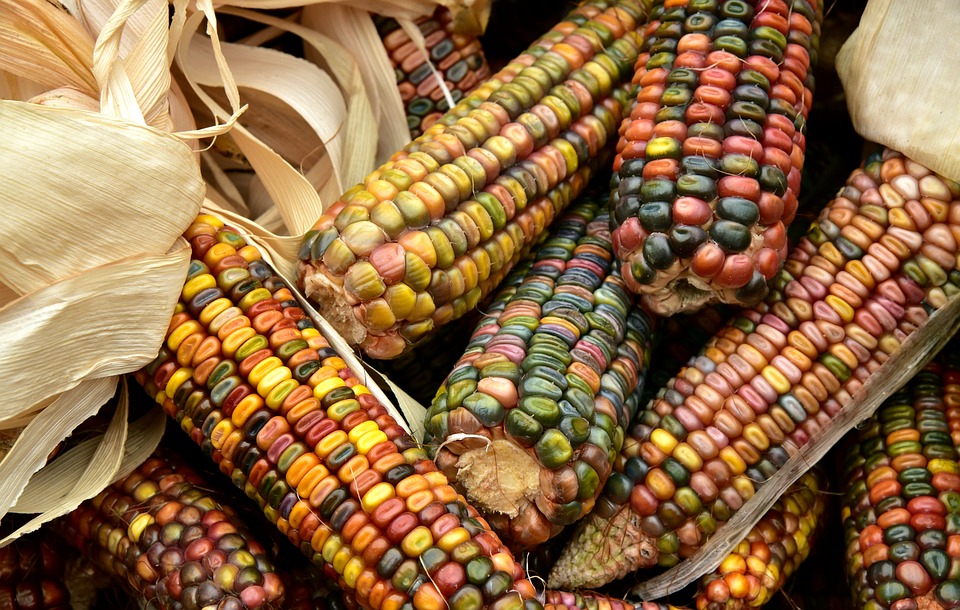
At this point, it should be clear to you that corn and its many derivatives can cause a whole host of negative health effects.
It should also be clear to you that said health effects that would be considered poisonous if caused by any other substance.
However, there’s just one more fact I’d like to share with you that really drives this point home. Here’s the smoking gun:
In some conditions, corn crops can become infected by different types of mold referred to as mycotoxins or Fumonisin. One of the most common (and concerning) mycotoxins found on corn mold is Aflatoxin, according to the National Corn Growers Association.
Why is Aflatoxin so concerning? Just take a look at this statement from a published scientific journal from Iowa State University:
“Aflatoxin is perhaps the mycotoxin of greatest concern because it represents a risk to human as well as animal health… this is a public health issue that cannot be ignored.”
There’s a laundry list of severely negative health effects that Alfatoxin can have on humans when ingested. Here are just a few, according to the UN’s Food and Agriculture Organization:
- Liver, kidney, and spleen enlargement
- Fatty liver syndrome
- Kidney inflammation/kidney failure
- Diarrhea
- Depression
- Infertility
- Higher cancer risk
- Decreased bodily resistance to tuberculosis and HIV
Yikes!
Fortunately, farmers and regulators are well aware of mycotoxins like these. Because of that, they work closely with the FDA in order to regulate the amount of toxic mold present in the corn you eat:
And in the corn that animals eat for feed:
Well there you go; problem solved!
You can now take comfort in the fact that only a very, very small percentage of the corn used in your food products (and a slightly larger percentage used to feed the animals you love and those you eat) contain toxic mold!
Good news: only a small portion of the corn you and your pets eat is contaminated with toxic mold. #cornispoison Click To TweetHooray!
Is Corn a Healthy Food?

Before reading this article, you may have thought the answer to this question is an obvious yes. After all, lots of popular and trustworthy online medical resources will tell you all about the health benefits of corn.
I won’t deny the fact that maintaining a healthy intake of unprocessed corn can have a positive effect on your health.
However, I also won’t deny that there are a lot of serious issues with the way we eat corn and the way we feed it to our livestock and pets.
Ultimately, I hope that the information I’ve shown you here has caused you to re-examine your opinion on this seemingly innocuous vegetable.
In the future, I plan on writing more about corn and health. Become a member of our mailing list; you’ll know when new articles are published first. I have much more to say about the way corn affects our environment and has shaped our politics, as well as some advice on how to keep yourself healthy with substitutes for corn products.
Thanks for reading and be careful what you eat!
Sources
- https://www.merriam-webster.com/dictionary/poison
- https://www.fda.gov/food/food-additives-petitions/high-fructose-corn-syrup-questions-and-answers
- https://academic.oup.com/ajcn/article/79/4/537/4690128
- https://www.upi.com/Science_News/2002/08/29/Obesity-expert-cites-fructose-soft-drinks/65091030663499/
- https://www.webmd.com/g00/diabetes/type-2-diabetes/
- https://nutritionandmetabolism.biomedcentral.com/articles/10.1186/1743-7075-2-5
- https://www.healthline.com/nutrition/omega-3-6-9-overview
- https://tools.myfooddata.com/nutrition-facts.php?food=04518&serv=wt1
- https://www.ncbi.nlm.nih.gov/pmc/articles/PMC3335257/
- https://www.sciencedaily.com/releases/2005/08/050802123505.htm
- https://www.poison.org/common-and-dangerous-poisons
- https://www.fda.gov/animal-veterinary/animal-health-literacy/how-cows-eat-grass
- https://extension.psu.edu/grass-fed-vs-grain-fed-beef
- https://www.healthline.com/nutrition/grass-fed-vs-grain-fed-beef#section2
- https://www.scientificamerican.com/article/that-burger-youre-eating-is-mostly-corn/
- https://www.amazon.com/Monarchs-Milkweed-Migrating-Remarkable-Coevolution-ebook/dp/B01M2BTRNO/
- https://petobesityprevention.org/2018
- http://www.pethealthnetwork.com/dog-health/dog-checkups-preventive-care/5-causes-pet-obesity-you-can-see-coming
- https://www.ncga.com/topics/production/mycotoxin-information/mycotoxins-what-is-mycotoxin-aflatoxin-fumonisin
- https://www.ipic.iastate.edu/publications/IPIC12.pdf
- http://www.fao.org/fileadmin/user_upload/wa_workshop/ECAfrica-caadp/4._Aflatoxin_USAID.pdf
- https://www.fda.gov/regulatory-information/search-fda-guidance-documents/guidance-industry-fumonisin-levels-human-foods-and-animal-feeds






